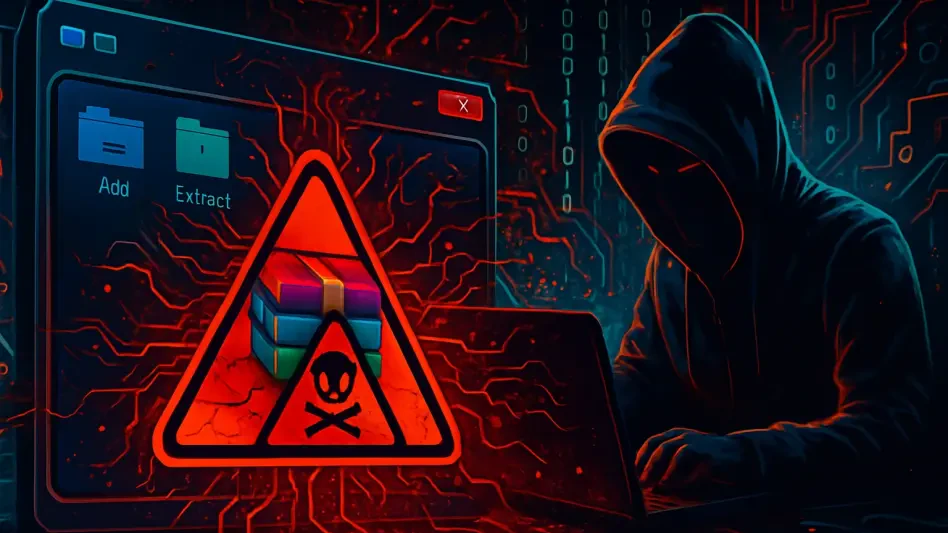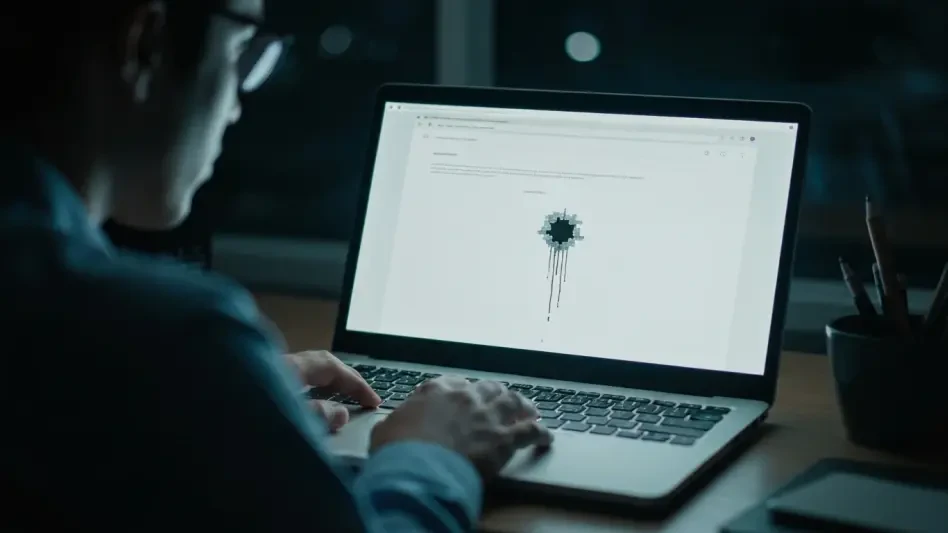In an era where digital security is paramount, a newly discovered zero-day vulnerability in the popular file archiving software WinRAR has sent shockwaves through the cybersecurity community, exposing countless Windows users to sophisticated attacks orchestrated by Russian-affiliated hackers. Tracked as CVE-2025-8088, this flaw has been exploited by the hacking group RomCom to deploy malicious backdoors through deceptive spearphishing campaigns. The vulnerability, identified by researchers at ESET, allows attackers to bypass normal file extraction protocols, placing harmful files in critical system areas. This breach highlights not only the ingenuity of modern cyber threats but also the persistent challenges in securing widely used software against state-linked actors. As cybercriminals continue to refine their tactics, understanding the mechanics of such exploits becomes essential for safeguarding digital environments against unauthorized access and persistent malware infections that can compromise entire systems.
Unpacking the Directory Traversal Vulnerability
At the heart of this security issue is a directory traversal vulnerability that enables attackers to manipulate file extraction paths within WinRAR, a tool trusted by millions for compressing and decompressing files on Windows systems. By crafting malicious RAR archives, threat actors associated with RomCom can deposit executable files into sensitive locations like the Windows Startup folder, specifically targeting paths such as %APPDATA%\Microsoft\Windows\Start Menu\Programs\Startup. Once embedded, these files execute automatically upon system reboot, granting hackers remote code execution capabilities and sustained access to compromised machines. ESET researchers have noted that this flaw affects multiple WinRAR components, including the core software, UnRAR, and related libraries on Windows, though Unix and Android versions remain unaffected. The ability to place malware in autorun directories underscores the severity of this exploit, as it transforms a routine file extraction into a gateway for persistent cyber intrusions, posing a significant risk to unsuspecting users.
Mitigating Risks and Addressing Systemic Challenges
Thankfully, WinRAR developers have responded swiftly by releasing a patch in version 7.13, which enforces strict adherence to user-defined extraction paths, effectively neutralizing the directory traversal flaw. However, the absence of an automatic update mechanism in WinRAR means that users must proactively download and install the latest version to secure their systems, a step many may overlook. This incident echoes a similar vulnerability reported earlier this year as CVE-2025-6218, revealing a troubling pattern of directory traversal issues in file archiving tools. Cybersecurity experts emphasize the need for robust path validation and boundary checks to prevent such exploits from recurring. Beyond technical fixes, user awareness of phishing tactics remains crucial, as RomCom leverages spearphishing emails to distribute malicious archives. Looking back, this case serves as a stark reminder of the shared responsibility between developers and users in combating cyber threats, urging immediate action to update software and reinforcing the importance of vigilance against evolving attack methods.








